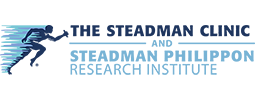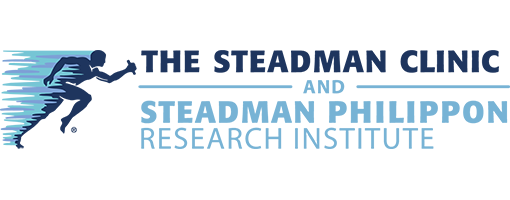Goal 1.
The Athletic Training Resident demonstrates advanced medical knowledge and mastery of
procedural skills in Orthopaedics.
Objectives:
1.1 Define anatomical structures with quantitative description, appropriate terminology, and
their relationship to other structures.
1.2 Summarize the biology of a structure/process and how it affects treatment and outcomes
1.3 Describe the quantitative data of function and biomechanics of structures as relate to
specific injuries
1.4 Demonstrate the ability to form a differential diagnosis by using a focused patient history,
leading to appropriate physical examination of an orthopaedic injury
1.5 Compare the specificity, sensitivity and predictive values of special tests and diagnostic
imaging
1.6 Develop concise and appropriate treatment options for pathological orthopaedic
conditions using evidence-based practice to enhance patient outcomes
1.7 Use and analyze outcome tools and evidence-based practice to support treatment
algorithms.
1.8 Demonstrate advanced history-taking and physical exam skills (skill autonomy with
correct performance and articulation)
1.9 Demonstrate competence in diagnostic image review and interpretation of radiological
findings (skill autonomy with correct performance and articulation)
1.10 Integrate the patient history with the physical exam and imaging findings to create the
plan of care for the patient
1.11 Recommend a treatment and effectively assist a provider with treatment
1.12 Implement pre-operative, intra-operative, and post-operative care under the guidance of
the physician that ensures optimal patient care
Goal 2.
The Athletic Training Resident provides effective and compassionate patient care and advocates for
the patient to achieve positive outcomes.
Objectives:
2.1 Consider and weigh issues affecting patient care, compliance and health outcomes;
including the impact of healthcare disparities, culture, beliefs, perceptions,
socioeconomic status, gender, education, age, and social determinants of health.
2.2 Recommend evidence-based treatment to patients
2.3 Explain diagnosis, treatment and plan of care in appropriate language for the patient
2.4 Use effective communication skills with providers and patients
2.5 Incorporate principles of diversity, equity and inclusion and social justice into patient
care practices by actively seeking to understand and accommodate diverse cultural
background, beliefs, and needs to foster an inclusive healthcare environment.
Goal 3.
The Athletic Training Resident collaborates and is an integral part of an interdisciplinary healthcare
team.
Objectives:
3.3 Recognize the different roles of staff and incorporate their athletic training skills into
patient-centered care
3.4 Present information and ideas in an organized, clear, and concise manner to inform
others on healthcare team
3.5 Compose clinical notes and documentation effectively and in collaboration with other
providers within the healthcare team
3.6 Integrate themselves seamlessly into the workflow of the practice
3.7 Work in interprofessional teams to enhance patient safety and improve patient care
quality
Goal 4.
The Athletic Training Resident utilizes research combined with clinical practice skills that advance
evidence-based medicine in Orthopaedics. They use evidence-based medicine to enhance their
patient-centered care.
Objectives:
4.1 Integrate findings of research into patient-centered care
4.2 Formulate questions and initiate discussion that enhances the learning experience
4.3 Present a case study with supporting evidence-based research
Goal 5.
The Athletic Training Resident demonstrates the ability to integrate differing healthcare resources to
enhance patient outcomes and communication within the healthcare community.
Objectives:
5.1 Classify an injury and treatment into the ICD-10 and CPT coding systems
5.2 Compose clinical notes and documentation effectively and in collaboration with other
providers within the healthcare team
5.3 Demonstrate knowledge of insurance, coding, and billing as it relates to patient care and
administrative functions
5.4 Synthesize information derived from online databases and/or internal databases for
clinical support and patient care
5.5 Demonstrate awareness that Orthopaedic care is part of the larger health system
5.6 Coordinate patient care within the health care system relevant to their role as an athletic
trainer
5.7 Incorporate considerations of cost awareness and risk-benefit analysis in patient care
Goal 6.
The Athletic Training Resident demonstrates continuous professional growth and contributes both
professionally and in personal conduct to enhancing patient safety and care.
Objectives:
6.1 Uses data driven process for continuous quality improvement of workflow and patient care
6.2 Demonstrate behavior that is both ethical and professional with patients and staff
Goal 7.
The Athletic Training Resident pursues a continuum of self-evaluation and advancing clinical
knowledge during the residency but also that will extend into their career goals long after their
Residency.
Objectives:
7.1 Self-evaluation occurs over the course of the year, including constructive criticism
of performance and grasp of concepts
7.2 Assumes responsibility and accountability for their education
Obtain an athletic training position post-residency that uses their knowledge and skills acquired
during Residency

